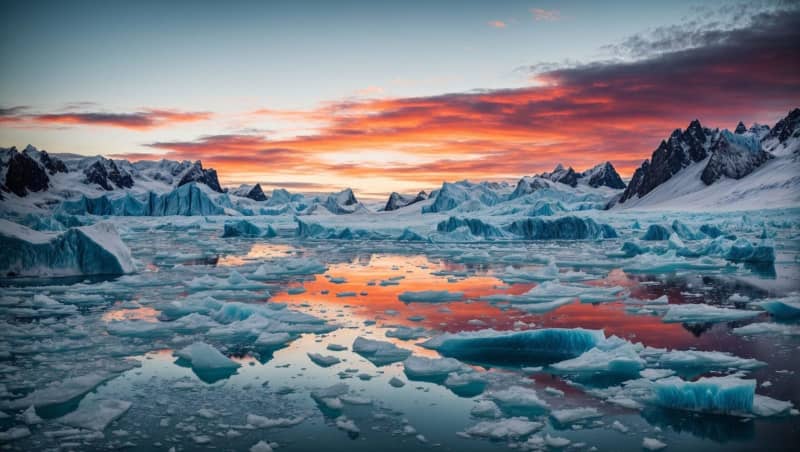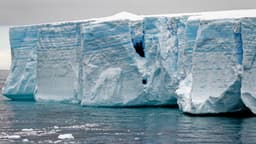Home / Science / North American Ice Sheets, Not Antarctica, Fueled Sea Level Rise After Last Ice Age
North American Ice Sheets, Not Antarctica, Fueled Sea Level Rise After Last Ice Age
12 Oct
Summary
- Majority of sea level rise 9,000-7,000 years ago came from North American ice sheet melt
- Newly discovered sediment records in Mississippi Delta provide high-resolution data
- Findings require "radical reworking" of ice melt history during this critical period

According to a study published in 2025, the majority of global sea level rise between 9,000 and 7,000 years ago was driven by the melting of ice sheets in North America, not Antarctica as scientists had long believed. The research, led by a team from Tulane University, overturns decades-old assumptions about the sources of meltwater that flooded the oceans as the planet warmed at the end of the last Ice Age.
The key evidence comes from deeply buried marsh sediments discovered off the coast of New Orleans by Tulane geologist Lael Vetter. By radiocarbon dating these sediment layers, the researchers were able to chart sea level changes over the past 10,000 years with unprecedented detail. An ex-Tulane PhD student, Udita Mukherjee, then matched this high-resolution Mississippi Delta record with data from Europe and Southeast Asia, revealing a clear global trend: the pace of sea level rise varied significantly across different locations, indicating the Northern Hemisphere was the primary contributor of meltwater.




